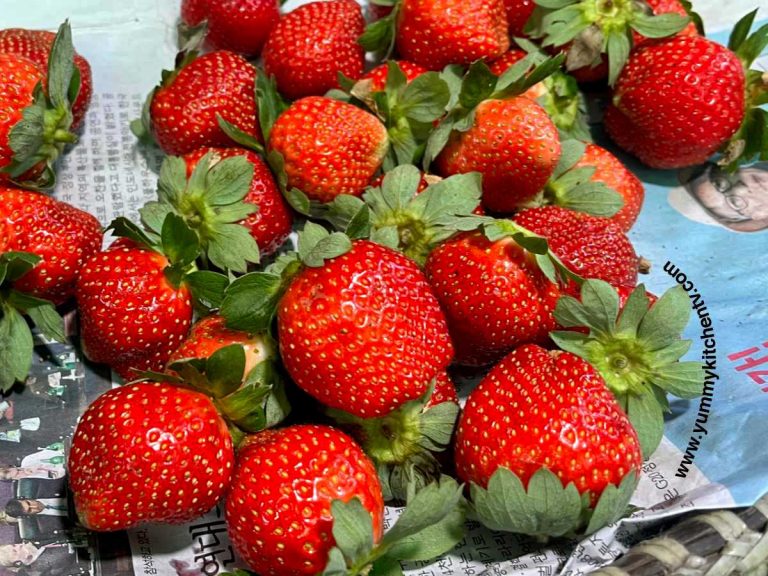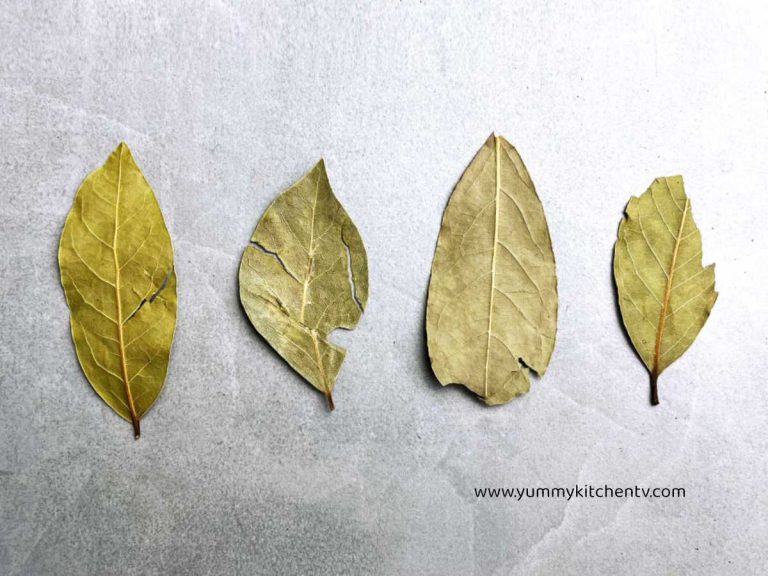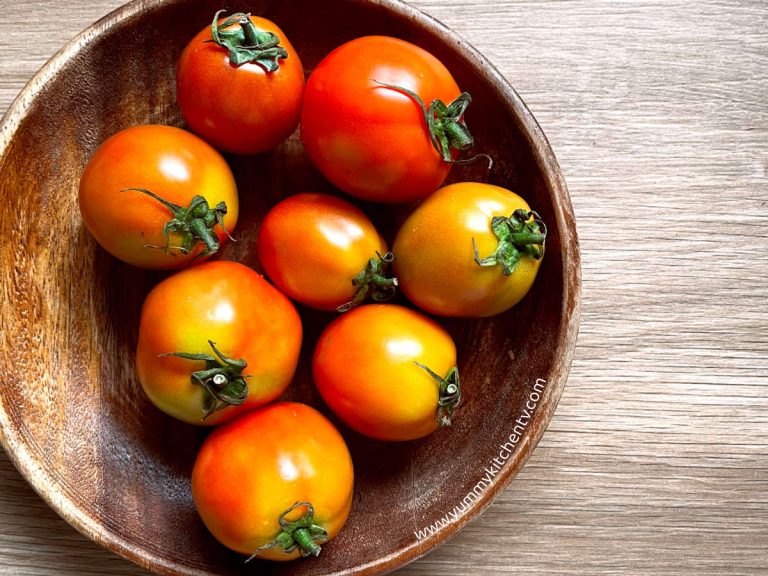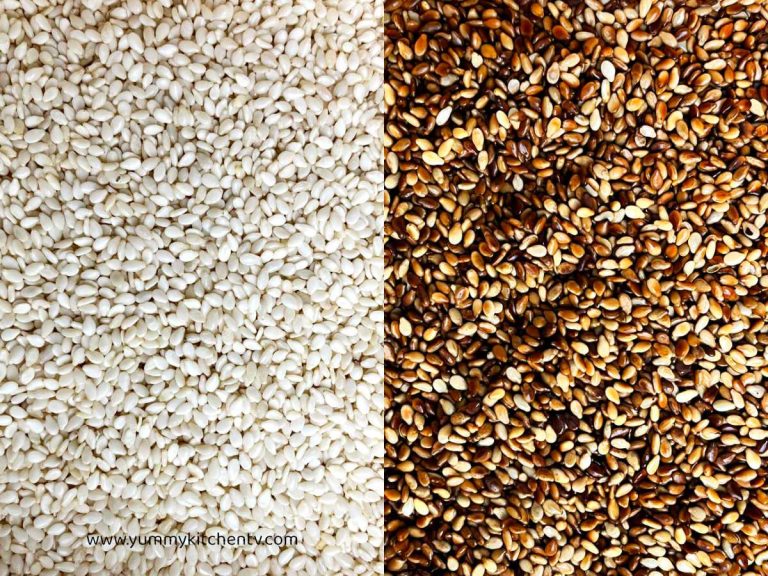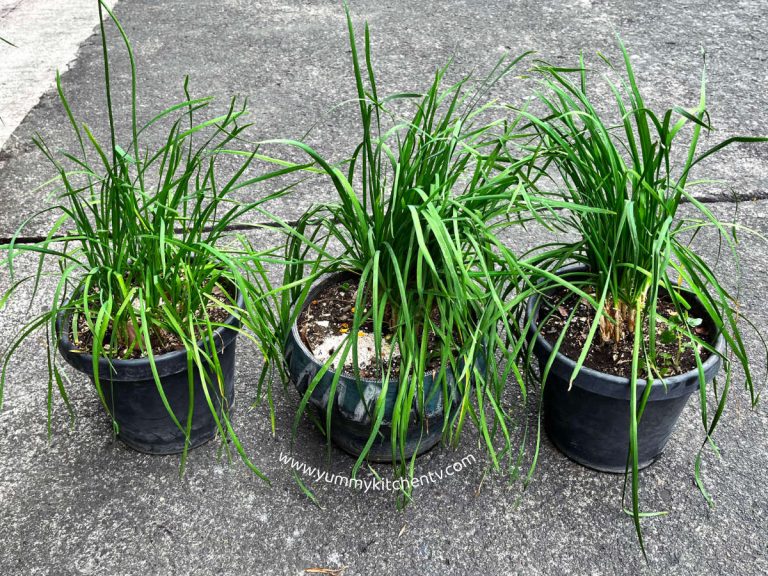Tamarind
Tamarind is a tropical fruit that may not be the prettiest or fanciest fruit, but this brown shelled ingredient is favored by many for being a sweet sour taste that just wakes you up, and adds that extra ‘oomph’ to the dish making it livelier. Plus adding so much health benefits as well. These are native to Tropical Africa and were naturalized in Asia. Used for its flavoring and beneficial properties that helps reduce LDL cholesterol, and is a great source for antioxidants that many also consider might help reduce the risk of cancer.
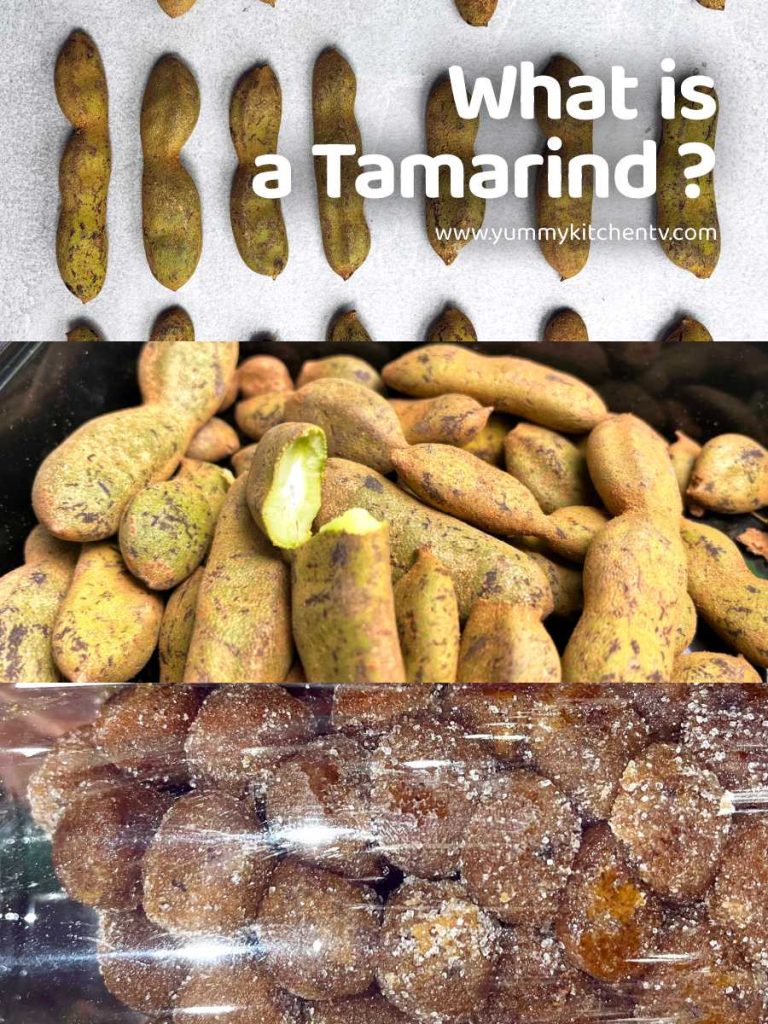
A Short History
Tamarind (pronunciation ‘ta-mr-uhnd‘) with the scientific name ‘Tamarindus Indica’ is legume native to Africa but also in tropical regions like the Philippines and India, even referred to as “date of India”. Growing from trees, producing a bean-like pod, inside the “tamarind pulp” which are seed-like fibrous pulp that feels almost like a date. Once it ripens, the pulp turns into a paste-like texture with a sweeter taste, unripe or young tamarind are more sour. Best known to be added and used in Asian, Caribbean, and Mexican recipes, especially partnered as tamarind paste and fish sauce. Tamarind tastes like a sweet-sour and tart lemon-lime like taste some describe close to a mix of apricot, dates and a hint of acidic citrus, it gets sweeter the more it matures which are great for desserts, the fresh crushed tamarind are typically used for savory dishes.
The benefits from the tamarind does not just stop with its fruit, but you can utilize the whole tree. From the bark, leaves, beans you can find the tamarind tree used one way or another. Some examples include Worcestershire sauce, savory dishes, soups, tamarind chutney, candies, tamarind juice or other drinks by adding in tamarind concentrate, deserts, sauces and more like the list below. Other uses of the legume also includes being medicinal internally and topically, for example; using the bark and leaves, simmer it down to make a beverage to treat constipation, fever, diarrhea, malaria, and wound healing. These are also used for the home as a metal polish, cleaning stains and tarnish from bronze and copper utensils.

Substitute for Tamarind Paste?
Where can you buy tamarind? You can typically find them in the dry market or grocery store in most Asian countries, or in the Asian aisle of a grocery stores, or Asian specialty stores in most western countries. Though if you have a hard time finding these here are some great alternatives:
- Lemon or Lime juice with brown sugar
- Marmalade
- Worcestershire sauce
- Pomegranate Syrup
- Mango Chutney
How to make Tamarind Paste?
- Rinse or brush the legume under running water. Depending on how you prefer it, the slightly matured fruit which has more sweetness than sourness might be the best choice to use.
- Soak the whole legume or just the pulp in a pot of boiling water for 20 to 30 minutes, or till it is easy to break apart.
- Strain and blend, adding a bit of water if it feels too thick. (around 1 – 2 cups of water for 250 grams of tamarind)
- Strain over a sieve to make it smooth. Add it back into the pot and add more water as needed. Simmer in medium flame for 3 – 5 minutes till you get a paste like consistency.
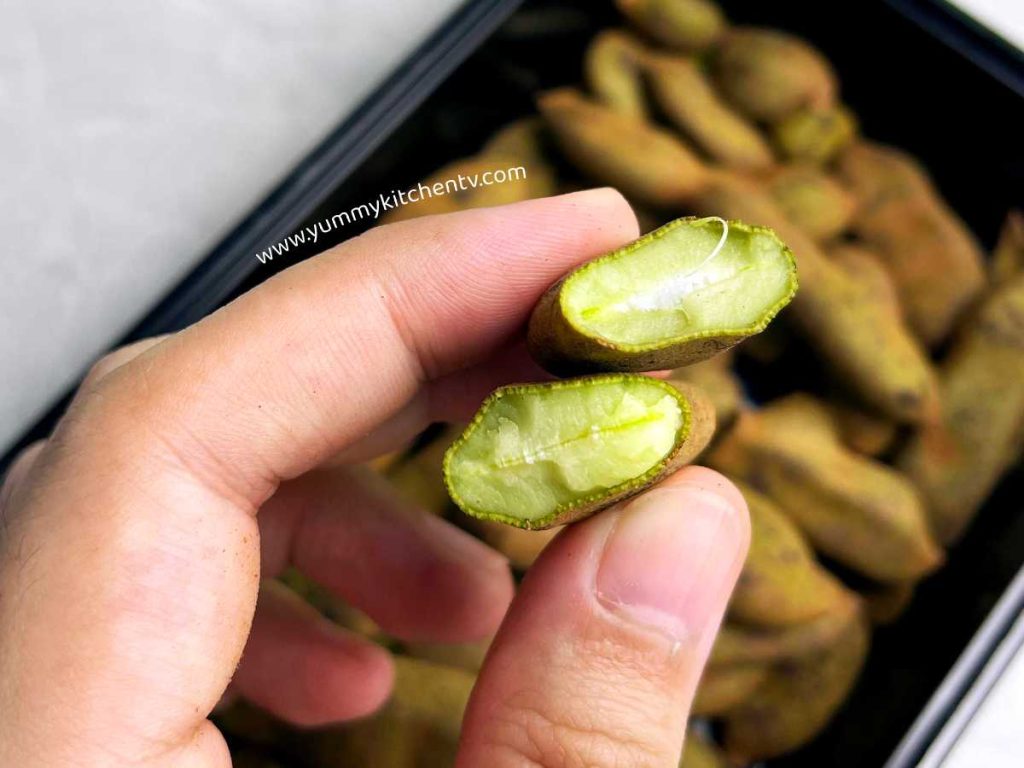
Tamarind Health benefits (Sampalok benefits)
You can find sweet-tangy-slightly sour fruit in the grocery stores, wet markets, and asian markets packaged fresh but more commonly into a paste form, pureed, as a concentrate or pressed block, ready to be added into dishes or drinks for taste or it’s nutritional benefits, there are benefits of tamarind juice and or extract:
- Tamarind extract has anticancer properties, these enzymes block any cancer related pathways.
- Tamarind benefits weight loss, being rich in fiber, as well as flavonoids and polyphenols. It also contains Vitamin B that is needed for the body’s diet for the brain and nervous system.
- For tissue health, amino acids are necessary for the body to repair the tissues.
- A rich source of antioxidants that are beneficial to the body for anti inflammatory and helps with immunity.
- Tamarind benefits for the liver? It has antimicrobial compounds that protect the liver, specifically from fatty liver disease or hepatosteatosis.
- Improves cholesterol and heart health, reducing blood pressure.
- Improves blood sugar regulation, great for people with diabetes.
* Tamarind Side effects? Too much of these may cause acidity, vomiting, itchiness, breathlessness and or dizziness.
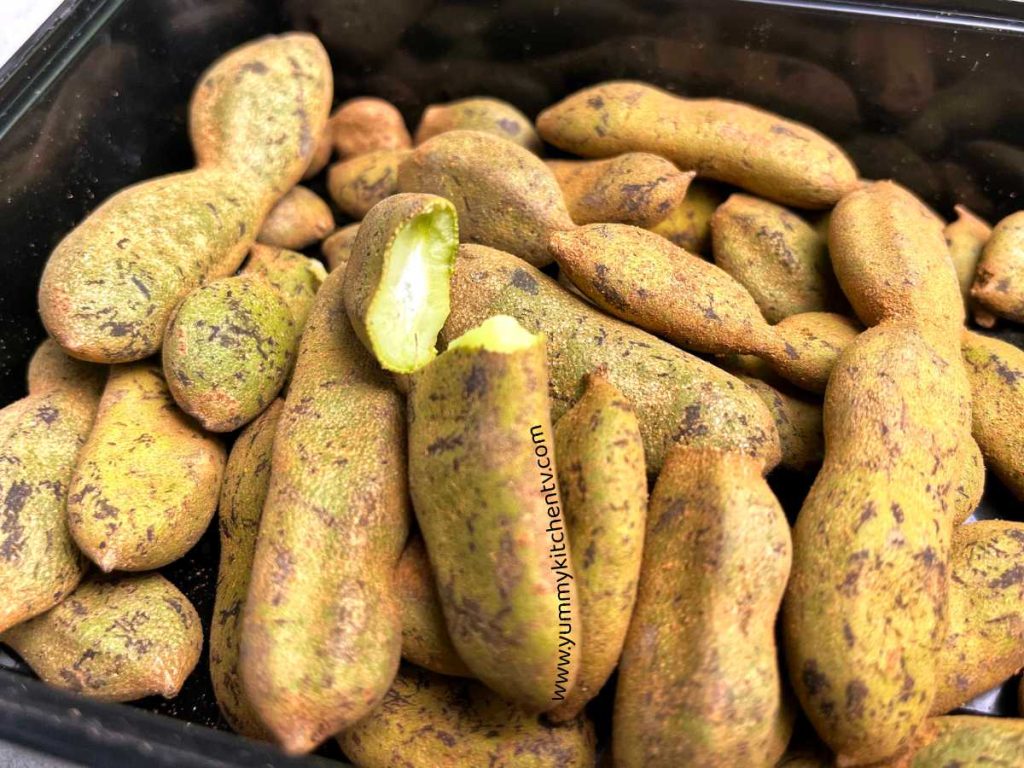
Sampalok in the Philippines
Tamarind or “Sampalok” in the Philippines is the main ingredient to complete one of the best and iconic Filipino dishes ‘sinigang’. This souring agent correlates to childhood memories where you find many sick days or times when rainy season comes in, you’ll be sure to have a homemade bowl of soup, namely the healing and hearty sinigang. A healthy and flavorful ingredient, the Sampaloc calories (tamarind calories) are only around 287 calories for 120 grams of the raw pulp. This seasonal fruit has been turned into powder, blocks, concentrate and other products to be able to mix and add on into recipes that have a need for it. Making it easier to introduce to and handle around all parts of the world. How to eat tamarind? Here are just some ways Philippines have added the sweet and sour fruit into:
- In singang, one of the best ways to add the tamarind fruit (sampalok fruit), while there have been many options like powdered packet to use, using the fruit just makes it healthier and all the more fresh and clean tasting. While fish sinigang is the most common, there are some other tamarind recipes (Sampalok recipes) like:
- Eaten as a candy flavoring agent or with the fresh or dried tamarind coated with rock salt and sugar.
- Drunk as juice, or added into teas for extra flavor and have a bit of nutritional benefits.
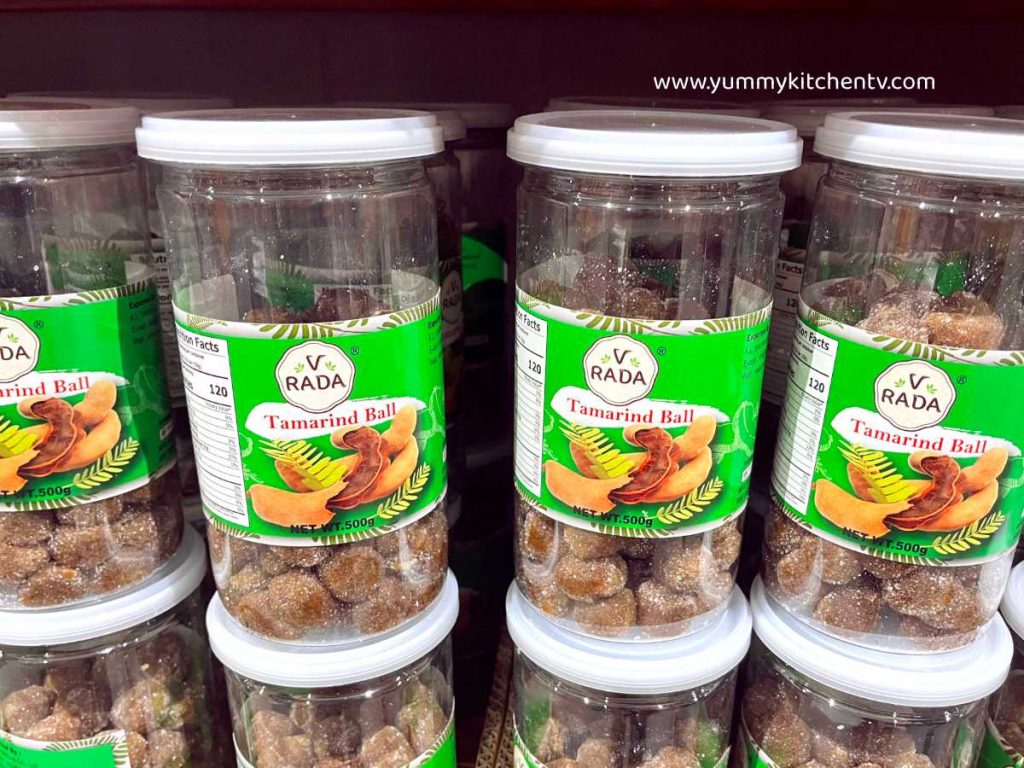
Used in many dishes worldwide, this sweet and sour fruit packs a punch and instantly makes the dish more interesting. It’s sour but with an underlying tangy almost taste but still subtly sweet taste.
